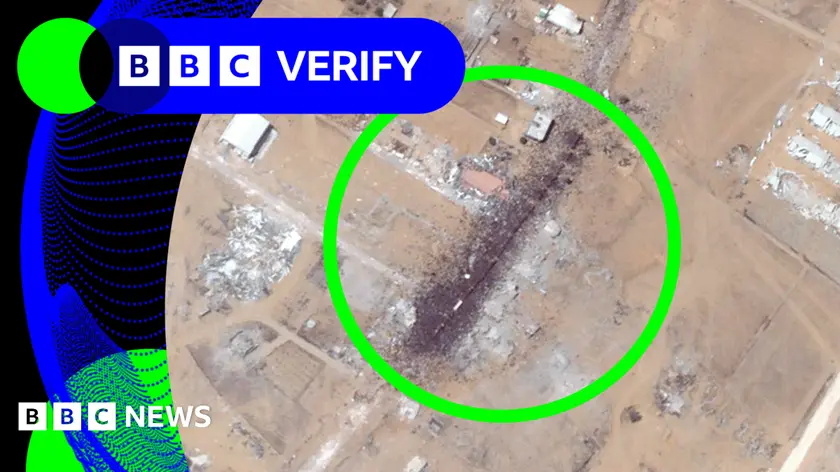T4K3.news
BBC Verify confirms Gaza journalist deaths
BBC Verify confirms the location and casualties after an Israeli air strike in Gaza, stressing careful cross-checking of footage.
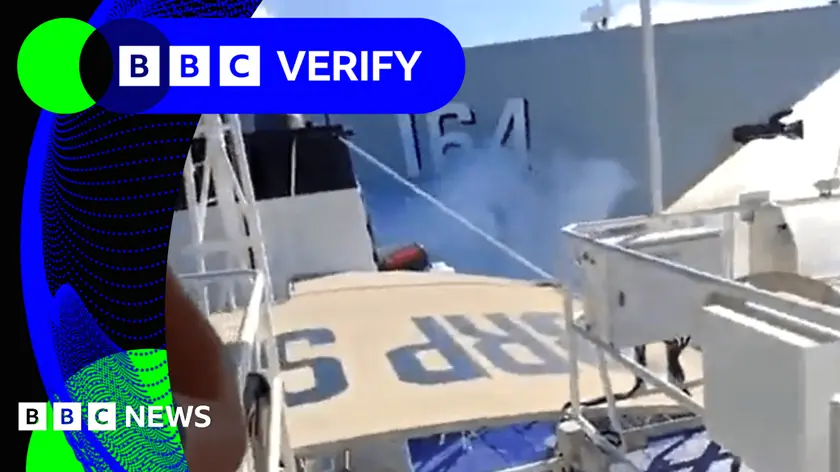
BBC Verify outlines how it checks videos from Gaza to separate truth from disinformation.
Assessing footage said to show collision between Chinese ships in South China Sea
BBC Verify has verified footage from inside Gaza following an Israeli air strike near the al-Shifa hospital in Gaza City. The attack killed five journalists, including Anas al-Sharif of Al Jazeera. The Israeli army has claimed al-Sharif headed a Hamas cell, a charge Al Jazeera rejects, saying he was reporting and giving voice to the voiceless inside the city. BBC Verify says it confirmed the incident location by comparing it with similar posts on social media. Two clips are too graphic to broadcast, but daylight footage corroborates the scene, and Reuters photographs help confirm the location.
BBC Verify notes that video from conflict zones requires careful cross checking, as different posts can spread misinformation. The organization emphasizes the limits of online clips and the need to verify with multiple sources before drawing conclusions about casualties or affiliations.
Key Takeaways
"We were able to confirm the location of the incident by comparing the scene with similar posts on social media"
BBC Verify describes its method for locating the scene
"two clips - which are too graphic to be broadcast by the BBC"
Editorial decision on broadcasting graphic content
"doing one thing, he was reporting and giving voice to the voiceless inside the city of Gaza"
Al Jazeera editor on al-Sharif’s work
"Al Jazeera's managing editor has rejected the Israeli allegation"
Status of the claim about al-Sharif's role
The verification process shown here is a reminder that speed can clash with accuracy in civil war reporting. When officials make claims about a journalist’s role or ties to a group, editors must prioritize evidence from independent sources. This case highlights how social media can both aid and confuse, offering clues about location while also creating opportunities for misattribution. Editorial decisions about broadcasting graphic material matter as much as the facts themselves, because the audience depends on clear and responsible presentation of truth.
Beyond the immediate facts, the episode underscores a broader media challenge: reconciling competing narratives in real time. Claims from authorities, rival outlets, and on-the-ground researchers can all be part of the story. The key is transparency about what is verified, what remains disputed, and how verification was conducted so the public can judge the reliability of the reporting.
Highlights
- Truth travels slower than a social feed
- Verification is a shield against the spread of disinformation
- In war zones, accuracy outlasts urgency
- Every confirmation adds a layer of trust for the public
Graphic footage and conflicting claims risk misattribution
The broadcast of graphic footage requires careful handling. Conflicting claims about a journalist’s affiliations can fuel political backlash if not properly verified. The fast-moving nature of conflicts increases the risk of misattribution and rumor.
The work of verification is ongoing, especially where lives are at stake and every frame is contested.
Enjoyed this? Let your friends know!
Related News
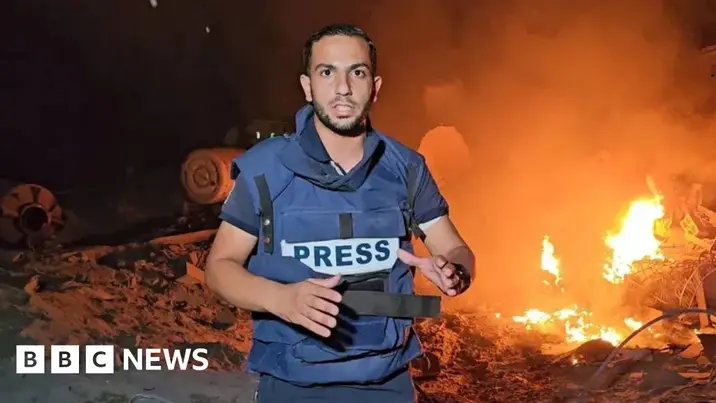
Journalist deaths in Gaza strike
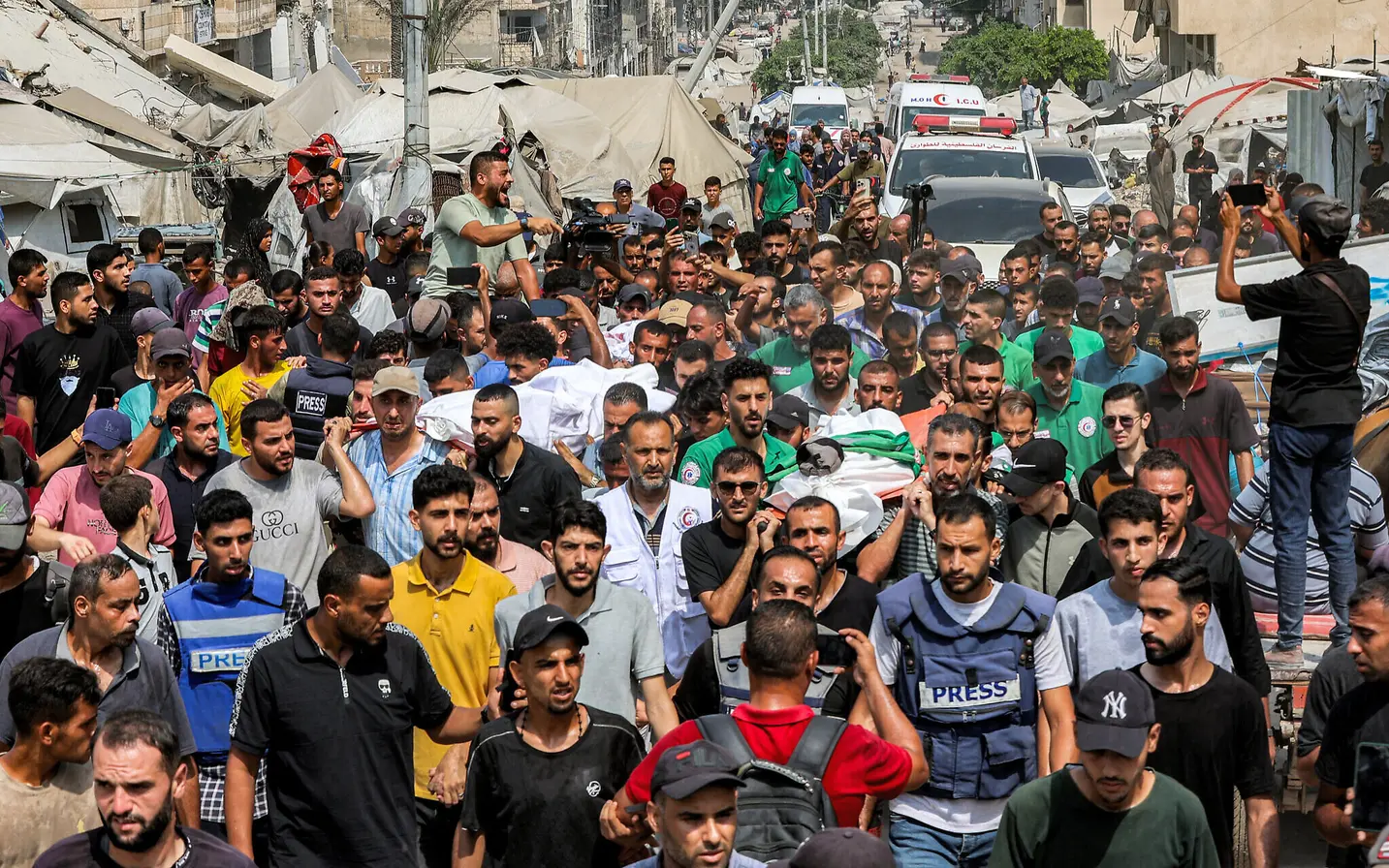
Global backlash after Gaza journalist killing prompts new press protections
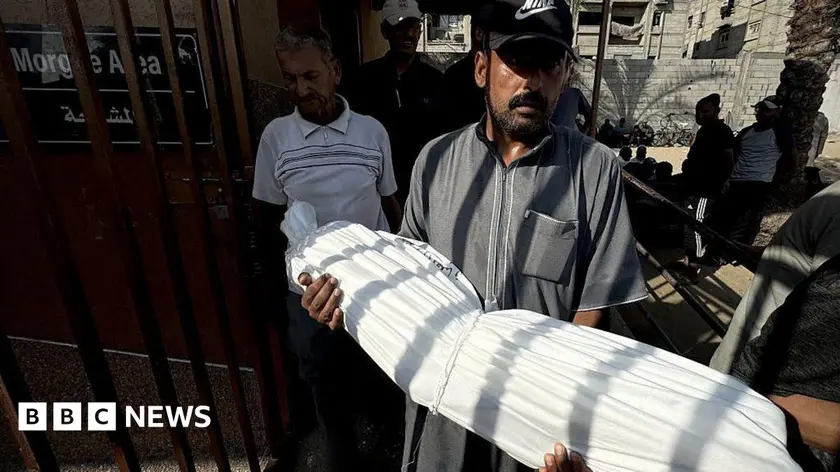
Gaza health ministry reports 33 malnutrition deaths
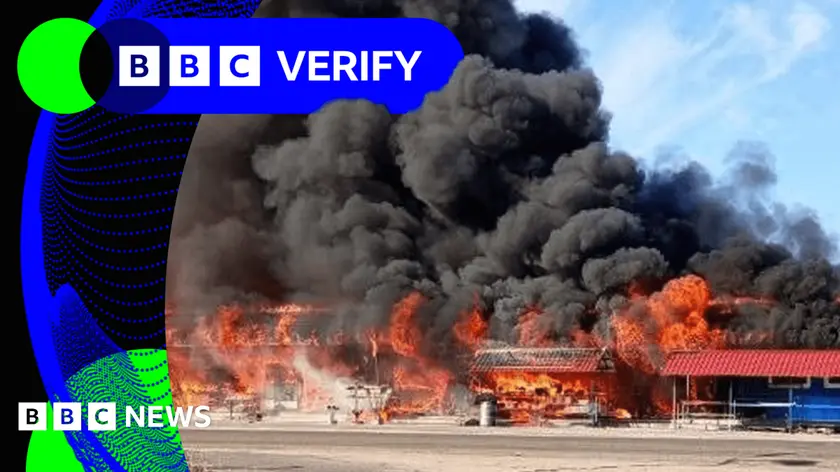
US envoy visits Gaza amid scrutiny of conflicting reports
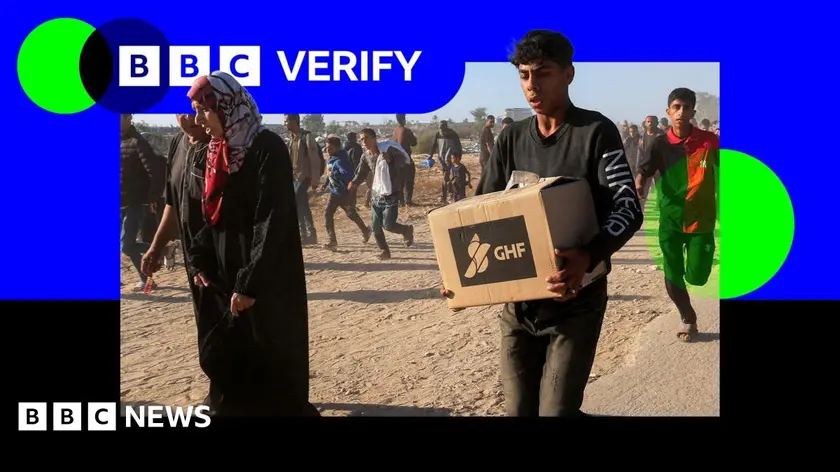
Nutritional value of GHF food boxes questioned

Gaza journalists face starvation as conflict continues

Concerns grow over GHF aid boxes in Gaza
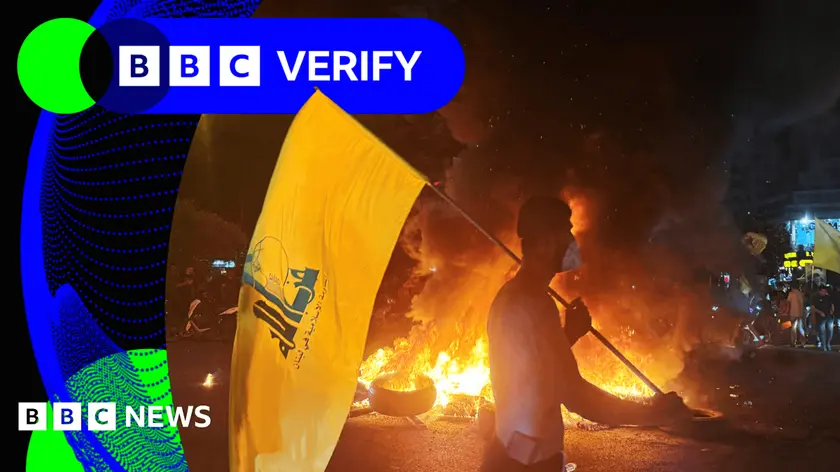
Beirut protests and Gaza control updates
